Premium Only Content
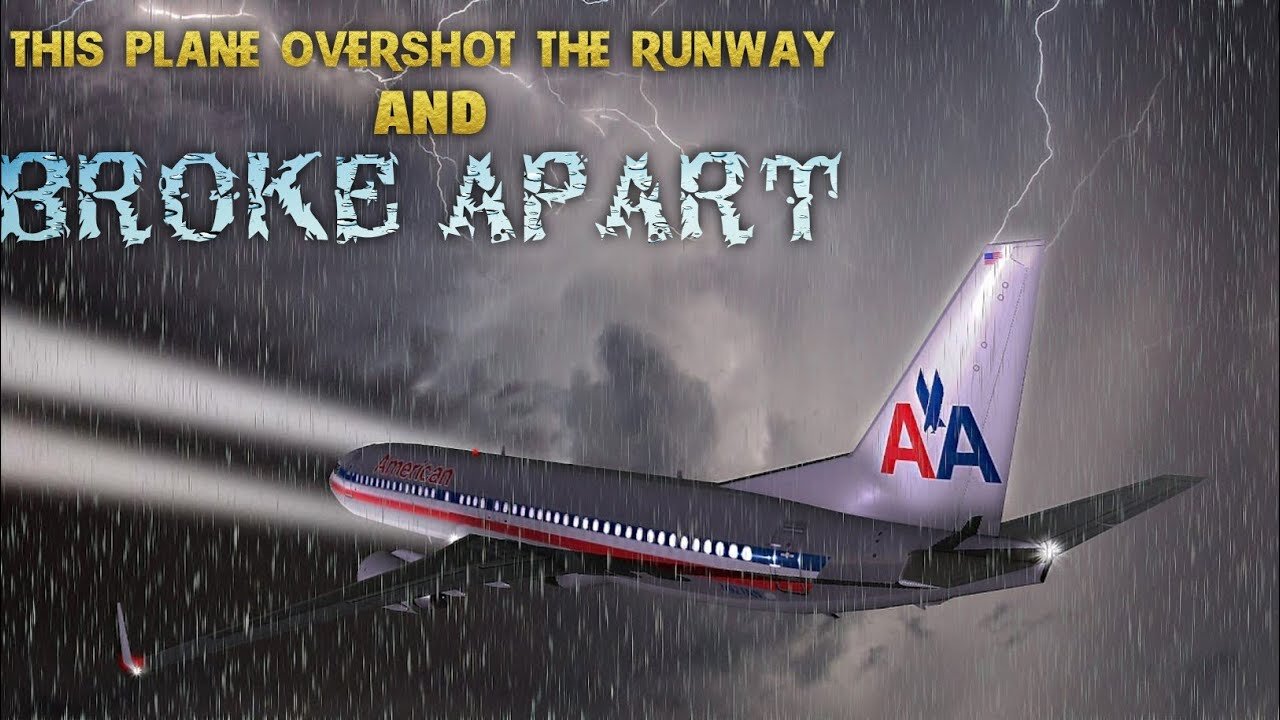
Air Crash Investigation: American Airlines Flight 331 | A Boeing 737 crashed in Jamaica
A Boeing 737-800 was scheduled for its passenger flight to Norman Manley International Airport Jamaica with the stopover at Miami.
The flight took off from Washington and landed at Miami without any notable events.
20:22
Flight 331 departed Miami on a scheduled flight.
During the approach briefing, they decided on the straight in approach to runway 12. They had 2 options for landing. Straight in and land on 12 or circle to land on runway 30. They decided to land on 12 with a tailwind, rather than doing a circling approach to runway 30 with a low ceiling.
22:14
The Approach controller cleared the flight to maintain four thousand feet, and on reaching KEYNO cleared for a straight-in ILS approach runway 12, and advised that the wind was now 320 degrees at 15 knots.
The crew acknowledged and the Approach controller asked if the crew had understood that the wind was 320 degrees at 15 knots, asking them if they were still able to make a straight-in approach to runway 12. The crew responded that they had received the wind and could make the straight-in approach to runway 12.
The captain maintained visual contact with the runway throughout the approach. They were still receiving rain.
The first officer was monitoring the tailwind and the tailwind component was dropping as they descended to the final approach fix.
At about 550 feet, the captain disconnected the autopilot while leaving the autothrottle engaged.
The localizer of the ILS runway 12 was offset three degrees north of the runway track, so it did not bring the landing traffic to the touchdown point, so the pilots using the ILS had to transition to approach and make a very slight left turn to line up with the runway centerline.
At about 500 feet, the captain aligned the aircraft with the runway centerline. The aircraft made a shallow right turn from the ILS localizer then a left turn to the track to the runway, and continued the approach, crossing the runway threshold at about 70 feet RA.
The aircraft touchdown at 4,100 feet down the runway.
The spoilers deployed on the first touchdown. Then the aircraft bounced once and landed again 200 feet down the runway. The plane was 4,600 feet down the runway. Then the crew activated autobrake 3. The first officer applied the reverse thrust but the plane was not slowing down.
The captain overrode the auto brake system, applying maximum manual braking on the brake pedals, and selected maximum reverse thrust. He was joined by the first officer simultaneously applying maximum manual braking on the brake pedals.
The aircraft exited the runway at 62 knots ground speed and came to rest on the sandy and rocky shoreline area.
The cockpit was dark, and the crew completed the emergency evacuation checklist. There was no post-crash fire. The aircraft was destroyed, its fuselage broken into three sections,while the left landing gear collapsed. The right engine and landing gear were torn off, the left wingtip was badly damaged and the right-wing fuel tanks were ruptured, leaking jet fuel onto the beach sand.
One hundred and thirty-four passengers suffered a minor injury, while 14 were seriously injured. The aircraft was damaged beyond economic repair and was written off.
Investigation
The investigation was done by Jamaica Civil Aviation Authority. According to investigators the most probable cause of this accident was that the aircraft touched down 4,100 feet beyond the threshold, and could not be stopped on the remaining runway. The pilots decision to land on a wet runway in a 14 knot tailwind, their reduced situational awareness, and failure to conduct a go-around after the aircraft floated longer than usual contributed to the accident.
-
 6:40:53
6:40:53
Fresh and Fit
11 hours agoMyron TRIGGERED Rubi Rose, And Debating Cry Baby Blax On X Spaces!
142K107 -
 4:54:16
4:54:16
TheSaf3Hav3n
9 hours ago $20.11 earnedCALL OF DUTY: BLACK OPS 6 | A QUIET PLACE: THE ROAD AHEAD | #RumbleTakeOver
47.7K1 -
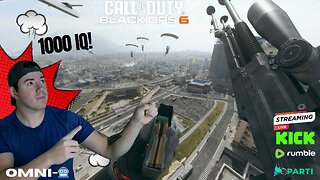 4:05:35
4:05:35
TheNateVibez
9 hours agoOmni-🤖 - First Rumble Stream.🫡 - VETERAN
50.7K3 -
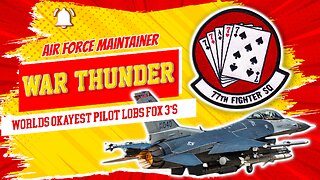 2:59:26
2:59:26
Tundra Gaming Live
14 hours ago $4.83 earnedThe Worlds Okayest War Thunder Stream//FORMER F-16 MAINTAINER//77th FS//#rumblefam
31.1K -
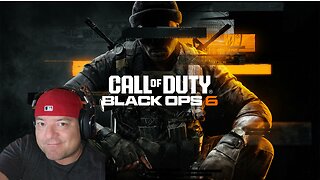 2:32:19
2:32:19
DemolitionDx
9 hours agoSunday night COD with friends.
99.6K4 -
 2:10:14
2:10:14
vivafrei
20 hours agoEp. 237: More Trump Cabinet Picks! MAHA or Slap in the Face? Canada on Fire! Go Woke Go Broke & MORE
229K292 -
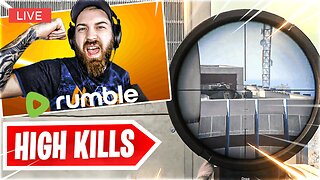 2:23:21
2:23:21
SOLTEKGG
10 hours ago $5.31 earned🟢 First Day on RUMBLE!
60.7K5 -
 7:49:06
7:49:06
Vigilant News Network
14 hours agoCOVID-Vaccinated Hit With Grave New Reality | Media Blackout
107K29 -
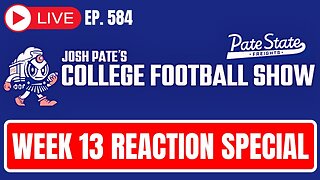 1:26:31
1:26:31
Josh Pate's College Football Show
13 hours ago $4.17 earnedSEC Disaster Saturday | Major CFP Earthquake Coming | Officiating Is A Disaster | New Studio Debut
40.7K2 -
 1:43:05
1:43:05
Adam Does Movies
17 hours ago $5.50 earnedGladiator II Spoiler Conversation With Hack The Movies
38.7K2